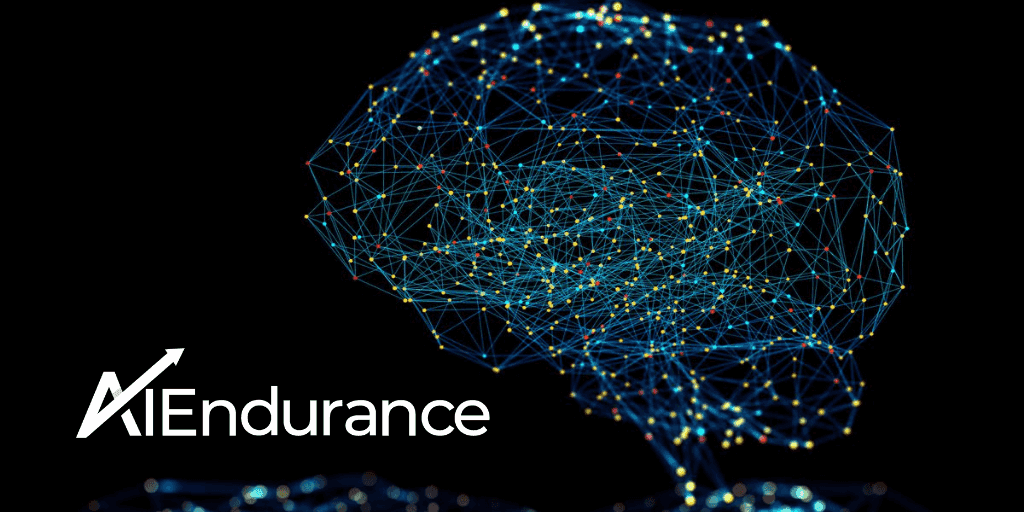
by Grant Paling. In the first of three blog posts, Grant shares his experience of qualifying for Great Britain's Age Group team in the upcoming European Triathlon Championships.
“I don’t have time to train” - It’s a phrase I hear sometimes from people. It’s normal.
You work long hours, you have children, you’re married, you want to see your friends still. Whatever your conditions, life is busy. We live in an age where we are all connected, all the time and sometimes it’s overwhelming.
And then on top of that we are being told (in a very positive manner) that exercise is important. It’s important for your physical health, and it’s arguably even more important for your mental health.
But how can we fit it in?
With such a busy life, in my experience planning is essential. Any way you can organize yourself better and build that into your weekly routines will help you find time to train. And that time is there, even if it is a few hours a week - if you look hard enough you can find time.
But what about once you have it? I believe that just as important as finding time is optimizing the time you find.
The last couple of weeks I have had so much positive energy from people in response to my announcement that I had achieved one of my dreams and would be representing Great Britain’s Age Group team for triathlon at the upcoming European Championships.
But how did I get here?
Like many others I was inspired by the 2012 Olympics and one pair in particular that inspired me were the Brownlee brothers, Alistair and Jonny. After watching them claim Gold and Bronze respectively in London, I thought to myself I might fancy a go at that. Then a friend of mine signed up to do the London triathlon the next year, I agreed to do it with him and an obsession was born!

2013 and my first Olympic distance race in London
When I look back now I had sooooooo much time! I was living in London approaching the end of my twenties and living with my girlfriend (now wife) and well… I can’t really remember what we did with all of our time! All I know is, my initial approach with triathlon training was roughly to do at least one cycle, swim and run per week. But I have no idea how much I actually did.
As I grew into my thirties and had two wonderful children, I saw my available time of course more constricted. Couple this with a career in cybersecurity that is going pretty well, and suddenly I found I really had to plan my time better if I wanted to train.
Whilst all of this was evolving my interest in triathlon was growing. The seriousness with which I was taking it was growing. The amount I was spending on kit was of course….growing! (Don’t tell my wife. She knows though, honestly. Kind of.)
So now you have two opposing forces - the available time shrinking, the interest in training growing. And so it was here I started to really plan my training.
It started with generic plans I could find online for my given race distances and again, roughly following along but still not really tracking. Then I moved on to spreadsheets and planning out training blocks of about 12 to 16 weeks in advance. Then I started adapting weekly those spreadsheets to my quite fluid work and family life schedule.

One of my early spreadsheets!
But still I wanted to do better, go faster, go longer!
And then I qualified for the Great Britain Age Group team. For those who are unaware, in triathlon there are the Elite (pro) athletes and then the next level down is Age Group competition, where you can qualify to compete for your country in 5-year age group brackets (I currently fall into the 40-44 age group for example).
As ecstatic as I was, I also knew I didn’t want to just show up. I wanted to get to the race the best version of myself and with that I really needed more than ever to optimize my time.
That’s when I came across AI Endurance.
I knew I couldn’t at this point justify spending a significant amount per month on a human coach but I believed that an artificial intelligence coach might be the answer, and certainly more within my price bracket!
So I began to research and found a few potential apps.
AI Endurance had the best reviews and seemed a good fit so I set out with the intention to trial it free for 2 weeks (which anyone can do by clicking here!) and then maybe trial one or two others.
I never stopped the trial.
I’ll talk in my next few blogs about why and how my journey is going but the main box it ticked was that it could help me optimize my time.
The process is simple:

How much time do you have? Tell AI Endurance and it’ll provide you with a plan!
Once you’ve then hooked it up to your data (via Strava / Garmin for example) your AI coach will create you a plan. One that is achievable according to the time you said you have! (remember to be honest here)
Things change of course - sometimes “life gets in the way” - but the app is flexible enough that you can adapt, and actually I’ve seen this capability improve already during my 6 months of using the app, for example a suggested adaptation to the plan if you happen to miss a session or maybe if you’re doing too much high intensity for example, the suggestion might be to consider taking it a bit easier than the planned session. Compared to my very static and generic spreadsheet plans, it’s easy to use, it’s adaptable and flexible and most importantly - I really feel like I’m making the most of my time.
In life you can buy a lot of things but you can’t buy more time. But you can make much more of the time you have…

There are different options on the market for optimized AI training plans that are based on applying machine learning to your individual data. In this post, we compare the different options and their features.

When it comes to triathlon training, nutrition plays a vital role in fueling your performance and optimizing your results. To help you reach peak performance, we have developed an advanced AI meal plan that takes into account your unique requirements, respects the calorie cost of your workouts, and accommodates your dietary preferences. With the power of evidence-based nutrition models, we ensure that your triathlon meal plan is tailored to support your goals.

Execute your AI Endurance personalized training plan directly from your Garmin watch or bike computer. No more writing down workouts or remembering interval sets. Get step-by-step instructions as Garmin custom workouts and a Garmin Connect training plan with only a few clicks.

When it comes to excelling in endurance sports such as triathlon, running or cycling proper nutrition plays a crucial role in maximizing your performance and achieving your goals. Whether you're swimming, cycling, or running, your body requires optimal fuel to meet the energy demands of these activities. In this blog post, we'll explore the importance of nutrition in triathlon, running, and cycling, followed by an introduction to the new feature of AI Endurance which provides recommendations for daily and activity specific nutrition requirements individualized for each athlete.